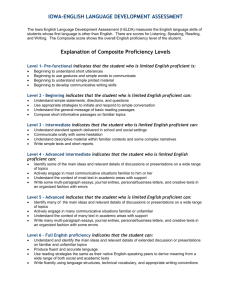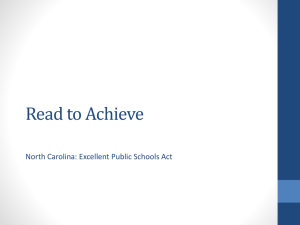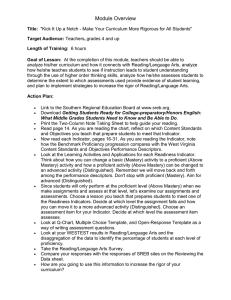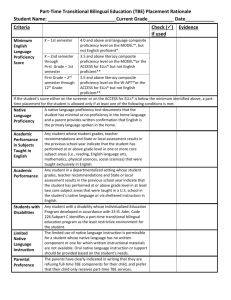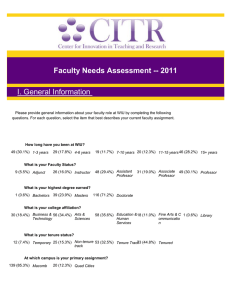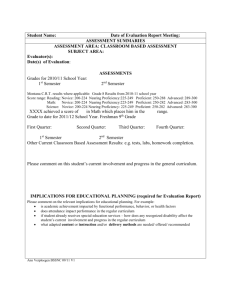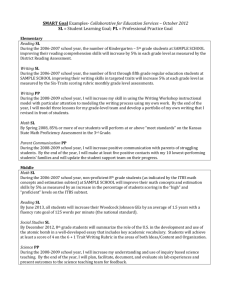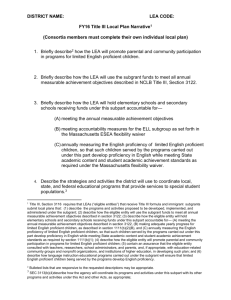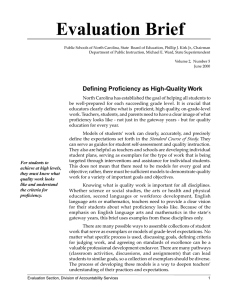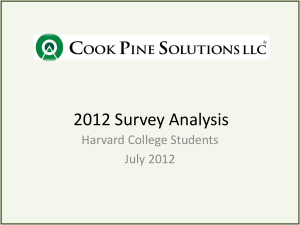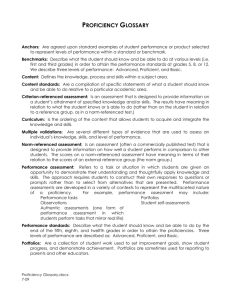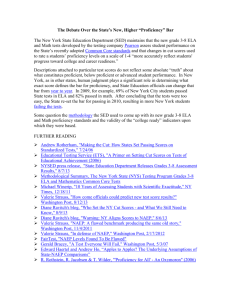State Profile Template - Higher Education for Higher Standards
advertisement
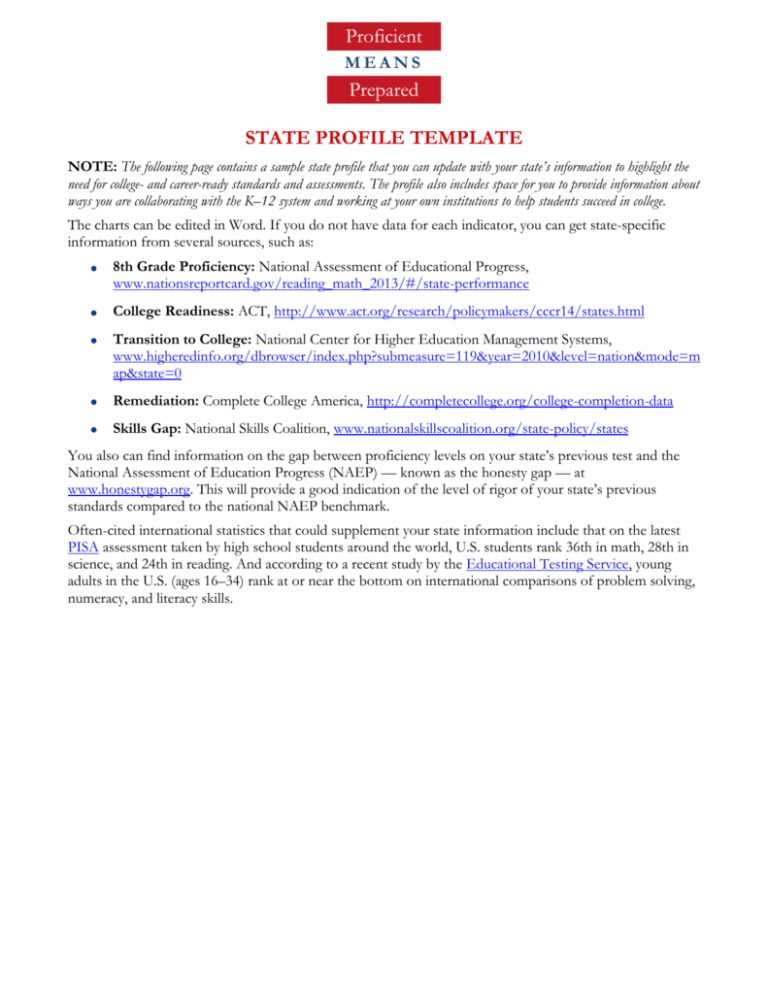
Proficient MEANS Prepared STATE PROFILE TEMPLATE NOTE: The following page contains a sample state profile that you can update with your state’s information to highlight the need for college- and career-ready standards and assessments. The profile also includes space for you to provide information about ways you are collaborating with the K–12 system and working at your own institutions to help students succeed in college. The charts can be edited in Word. If you do not have data for each indicator, you can get state-specific information from several sources, such as: 8th Grade Proficiency: National Assessment of Educational Progress, www.nationsreportcard.gov/reading_math_2013/#/state-performance College Readiness: ACT, http://www.act.org/research/policymakers/cccr14/states.html Transition to College: National Center for Higher Education Management Systems, www.higheredinfo.org/dbrowser/index.php?submeasure=119&year=2010&level=nation&mode=m ap&state=0 Remediation: Complete College America, http://completecollege.org/college-completion-data Skills Gap: National Skills Coalition, www.nationalskillscoalition.org/state-policy/states You also can find information on the gap between proficiency levels on your state’s previous test and the National Assessment of Education Progress (NAEP) — known as the honesty gap — at www.honestygap.org. This will provide a good indication of the level of rigor of your state’s previous standards compared to the national NAEP benchmark. Often-cited international statistics that could supplement your state information include that on the latest PISA assessment taken by high school students around the world, U.S. students rank 36th in math, 28th in science, and 24th in reading. And according to a recent study by the Educational Testing Service, young adults in the U.S. (ages 16–34) rank at or near the bottom on international comparisons of problem solving, numeracy, and literacy skills. Proficient [STATE NAME] MEANS Prepared The vast majority of students are currently not prepared or on track to succeed in college or in careers. That’s a major reason why [STATE] is raising the standards and providing more supports. 8TH GRADE PROFICIENCY Math COLLEGE READINESS Reading 38 % 35 % Percentage of students scoring proficient and above, 2013 COLLEGE SUCCESS 23.6% Math Reading 51 % 52 % Percentage of students who meet benchmarks for college readiness, 2014 SKILLS GAP REMEDIATION Jobs 74.9% Workers 2-year colleges 59% Middle-Skill 48% Percentage of 9th graders who transition directly to and complete college on time, 2010 Percentage of entering college freshmen who enroll in remedial courses in their first year, 2013 34% High-Skill 24% Percentage of jobs requiring middle- or high-level skills and qualified workers, 2012 What higher education is doing to help better prepare students: Add some specifics about what your institution is doing. Sources: ACT, 2014, www.act.org/research/policymakers/cccr14/states.html; Complete College America, 2013, http://completecollege.org/college-completiondata; National Assessment of Educational Progress, 2013, www.nationsreportcard.gov/reading_math_2013/#/state-performance; National Center for Higher Education Management Systems, 2010, www.higheredinfo.org/dbrowser/index.php?submeasure=119&year=2010&level=nation&mode=map&state=0; National Skills Coalition, 2012, www.nationalskillscoalition.org/state-policy/states.
